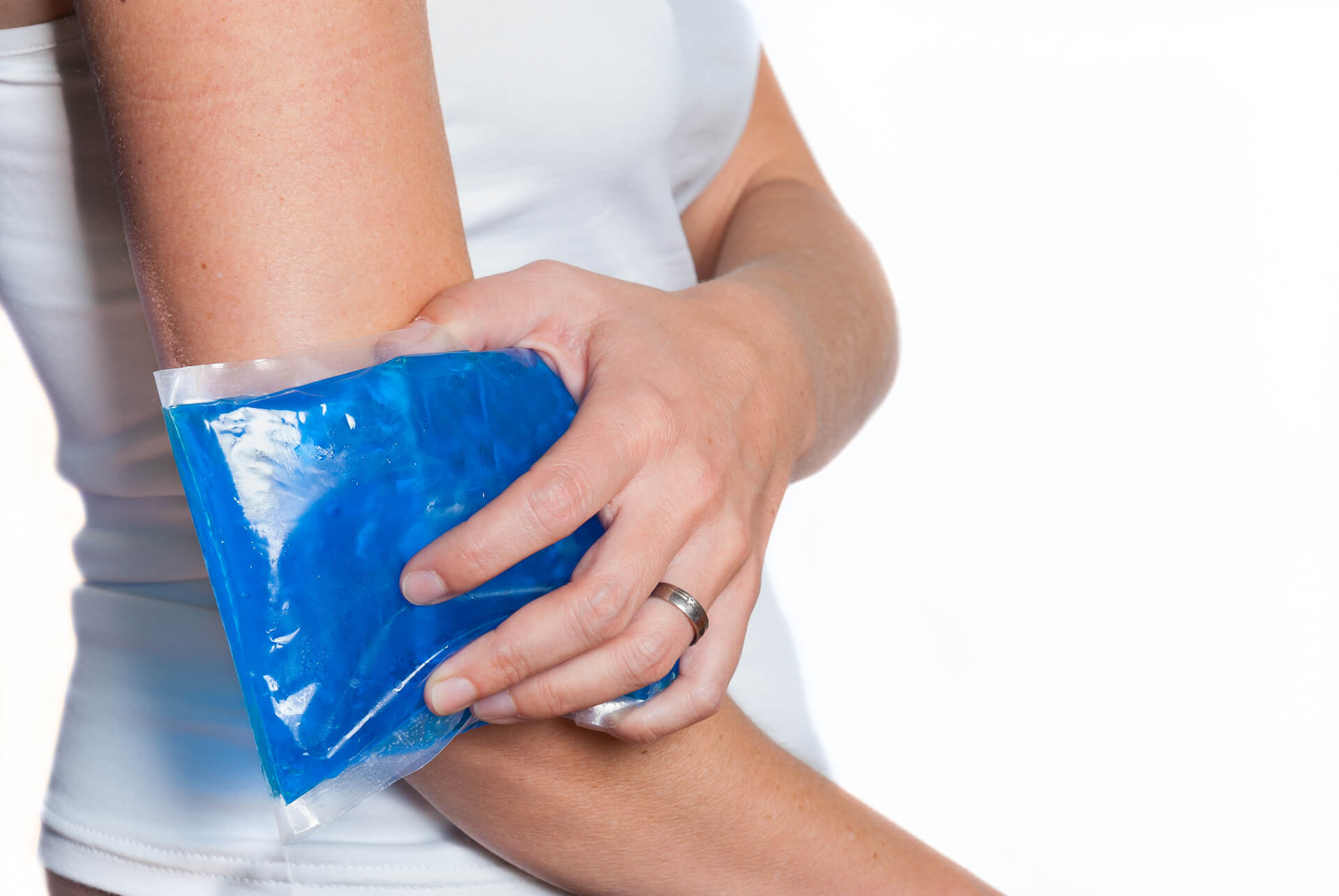Platelet rich plasma (PRP) and its use in musculoskeletal conditions
The use of PRP in musculoskeletal conditions has increased in popularity in recent years.
Endorsed by many world-class athletes including Rafael Nadal, Tiger Woods, and Kobe Byrant, just to name a few, this injection has become a controversial hot topic within the world of medicine.
What is PRP?
PRP is autologous blood with a platelet concentration above baseline.
It utilises the growth factors (GF) in platelets to help with tissue healing.
GF expressed by platelets have the ability to directly influence tissue regeneration through angiogenesis, chemotaxis and cell proliferation.
Therefore, by injecting growth platelets into the site of injury, the body responds by stimulating it’s healing process- cell migration, proliferation and remodelling (Foster, Puskas, Mandelbaum, Gerhardt, & Rodeo, 2009)
Musculoskeletal conditions
PRP has been used to treat a range of musculoskeletal conditions.
Some patients have reported an improvement in their condition while a vast majority has reported nil changes to their injuries.
So what does the research say about the use of PRP?
Tennis elbow (lateral epicondylalgia)
- A 2014 systematic review by de Vos, Windt, & Weir, Level 1 Evidence, found only 1 out of the 6 included studies showed the benefit of PRP.
- Conclusion: PRP injections are not effective for the management of lateral epicondylalgia
Patella tendinopathy
- A 2014 systematic review by Liddle & Rodríguez-Merchán found improvement of knee pain and functional outcomes within 6 months to 2 years post injection. Unfortunately these results were reported from non-comparative studies. When looking at higher- level comparative studies, PRP was not superior over other treatment methods.
- Conclusion: superiority of PRP over control treatments could not be conclusively demonstrated.
Plantar fasciitis
- Franceschi, Papalia, Franceschetti, Paciotti, Maffulli, & Denaro in 2014 found lower level studies to show an improvement in symptoms at baseline to the follow-up assessment.
- Additionally, 2 randomized control trials (RTC) found PRP to have greater efficacy over corticosteroid injections both at short term (6 weeks) and long term follow up (24 months).
- Conclusion: PRP injection therapy may be of benefit over purely conservative treatment and other injection therapy modalities to treat plantar fasciitis.
Knee osteoarthritis (OA)
- Out of the 10 studies included in Laudy, Bakker, Rekers, & Moen’s 2015 Systematic review, 5 were randomized controlled trials.
- They concluded that PRP limits pain more effectively than placebo injections and hyaluronic injections. But this study needs to be interpreted with caution. All studies but 1 produced high risk of bias due to the impossibility to blind participants and/or personnel.
Take home message
Despite its theoretical benefits, PRP has inconclusive evidence to support its use as some low quality studies show benefits, while higher quality studies show little to no effect.
Physiotherapy management post PRP injection should follow the healing process and rehabilitation timeframe.
As PRP has been shown to have minimal adverse effects, health care practitioners should consider this an option before surgical management.
That is, if the patient is ready to spend $300+ per injection.
There are multiple studies demonstrating the benefit of physiotherapy management (and other conservative treatment) for the above conditions – these should be exhausted before the consideration of PRP injections.

